|
|
|
Radschool Association Magazine - Vol 38 Page 8 |
|
Privacy Policy | Editorial Policy | Profit Policy | Join the Association | List of Members | Contact us | Index | Links |
|
|
|
VVCS.
The Vietnam Veterans Families
Counselling Service (VVCS), which is run and administered by the DVA,
offers free, confidential counselling and group programs to help
eligible veterans, peacekeepers, F-111 fuel tank maintenance workers and
their families wherever
VVCS staff are qualified psychologists or social workers with experience in working with veterans, peacekeepers and their families. They can provide a wide range of treatments and programs for war and service-related mental health conditions including post-traumatic stress disorder (PTSD).
The following people can use VVCS:
The counselling service can help you work through issues such as stress, relationship, family problems and other lifestyle issues, as well as emotional or psychological issues.
The VVCS also offers a range of group programs that target specific needs in the veteran community. Starting from when ADF members are about to, or are currently transitioning, out of the ADF they can access the Stepping Out program to help them adjust to the next stage of their life.
VVCS can be contacted on 1800 011 046. This connects you to the local office of the VVCS during business hours and the Veterans Help Line after hours and on weekends. You can get further information HERE.
|
|
There should be a better way to start a day than by waking up every morning.
|
|
Internet Access for the ADF in Afghanistan and Iraq.
Internet access in Afghanistan and Iraq is delivered via satellite broadband. The Internet signal is received through a special satellite VSAT modem which is usually set up in a building or tent. Internet access for the ADF in Afghanistan and Iraq is usually available via the following methods.
If your son or daughter is getting ready for deployment, they should find out ahead of time what will be available at their deployment location. Soldiers in remote outposts do not have access to Internet. Internet access is a morale booster for deployed soldiers! We are fortunate to have Internet access available at all. In previous wars, letter writing was the only form of communication and letters were received every few weeks |
|
|
|
A bus station is where a bus stops. A train station is where a train stops. On my desk, I have a work station.... what more can I say........
|
|
The F22 and the F35. Aviationintel.com
There has been a lot of controversy recently about the USA’s new F22 Raptor aircraft. It has been called an expensive dud, not capable of mixing it with the Russian T50 and/or the Chinese J-20, but that’s what a lot of people said about the F111 when it was first introduced – and it turned out as one of the best. There will be people who know these things but they aren’t saying. In December 2011, the 195th and final F-22 was completed.”
|
|
|
|
|
|
According to Aviationintel, the cancellation of the Raptor was an incredibly stupid idea to begin with, now roll into the mix the fact that the F-35 is in serious jeopardy and you really have the possibility for the biggest defence blunder in decades. The choice to curtail Raptor production, mainly on the grounds that they cost some $155M each and that they could not participate in Iraq or Afghanistan operations, was absolutely near sighted and damaging to the US’s future strategic capabilities.
“It has now been revealed that the F35C (there are 3 varients of F35, F35A – conventional take and landing, F35B - short take off/vertical landing and F35C – carrier aircraft) cannot land on a carrier. Apparently the F-35C′s tail-hook is not adequately spaced far enough back from the main gear and the hook is much too short in length overall. These factors combined make it almost impossible for the F-35C to engage the arresting wire on landing, regardless of the conditions on the carrier’s flight-deck at the time. In fact during testing to ascertain the aircraft’s capability of catching an arresting wire, after eight roll in/roll out tests (where the aircraft powers up and speeds into the cable, then rolls back to release it) not one attempt ended in ensnarement!
Not a good thing really!!!
This is a severe design flaw as there is no apparent way to fix it. There is simply limited structure on the F-35C’s belly to work with, as it was blueprinted with the misguided “commonality” design approach. Further, the tailhook design is stealthy in nature and shrouded by the aircraft’s skin, so you cannot simply attach a longer hook to it in order to fix the problem as it has to fit inside the aircraft itself or the jet’s low observable design will be compromised.
So how did Lockheed miss such a clearly important component of the F-35C’s design? The same question can be said about a massive list of other issues with the three different variants, especially considering they were demanding the US DoD put the jet into production years before testing was completed! Lockheed habitually sold the US DoD a bill of goods that was totally ill-conceived and impossible to achieve and the DoD was stupid enough to buy it. Can the F-35′s dismal laundry list of issues be fixed? One would imagine so, but at what cost and at what degradation in capability of the final product is the question? A best guess would be large servings of both.
“Caveat Emptor” – “Let the buyer beware…”
Now the US is left with the F-35 which has an
uncertain future and costs almost as much as an F-22 anyway without many
of its high performance capabilities. With a force of just 187
operational aircraft, the Raptor fleet would be hard pressed to make a
serious continual impact on any major large scale campaign, especially
where it is needed most, the Pacific
The US Secretary of Defence, Robert Gates’s lack of vision when it comes to America’s future ability to protect its interests abroad, via a total mishandling of the F-35 program and the premature cancellation of the F-22, will go down in history as a serious strategic miscalculation that resulted in little cost savings while damaging the US’s total force potential possibly beyond repair. The reality is, if the US bought a decent amount of F-22′s and further developed the aircraft’s capabilities using the F-35′s avionics suite, and looked toward producing a regional fighter-bomber version of the aircraft down the road, they would not need the F-35 at all. They could fill the ranks with relatively cheap and effective F-16s in a winning High-Low mix force structure strategy.
There’s an old saying, “Where there’s smoke………..”
You can see the F35B is action HERE.
|
|
The more you learn, the more you know, the more you know, the more you forget The more you forget, the less you know – So….why learn?
|
|
Delay in delivery. Aviation Week
The Pentagon is gearing up to restructure Lockheed Martin Corp's F-35 Joint Strike Fighter program for a third time in three years with production of more than 120 more planes to be postponed to save money and allow more time for development. The latest changes should save the Pentagon about $15 billion from fiscal 2013 through 2017 and will be part of the fiscal 2013 budget plan to be sent to Congress in February, according to three sources familiar with planning for the Pentagon's largest weapons program.
President Barack Obama will join Defence Secretary Leon Panetta at the Pentagon on Thursday to discuss overall defence budget cuts and a revamped military strategy. They are expected to mention the F-35 fighter plane and reiterate continued support for the program, but details of the restructuring plan and plans for other big weapons programs may not emerge until later this month, the sources said. The sources declined to be identified because they were not authorized to discuss the plans publicly ahead of the official release of the president's budget.
Last month, Vice Admiral David Venlet, the Pentagon's program manager for the F-35, told online journal AOL Defence that production of the new airplane should slow until what he called a "surprising" number of problems with it could be fixed.
Did Chinese cyber spying cause the F-35 Joint Strike Fighter’s cost spikes and production delays? That’s the question Pentagon budget officials are asking according to Aviation Week. Chinese spies apparently hacked into secure conference calls and listened to meetings discussing the classified technologies aboard the jets. In particular, China may have stolen info about the F-35’s secure communications and antenna systems; leading to costly software rewrites and other redesigns to compromised parts of the plane. The worst part, this problem isn’t just limited to the F-35, though the program’s size and the fact that it’s information systems were apparently designed without any concern for cyber espionage made it an easy target.
Anyone who has been following US-China military relations and cyber warfare knows that China has been hacking into the networks of U.S. defense contractors and the Pentagon and rolling out brand new weapons like the J-20 stealth fighter. Before the intrusions were discovered nearly three years ago, Chinese hackers actually sat in on what were supposed to have been secure, online program-progress conferences, the officials say. The full extent of the connection is still being assessed, but there is consensus that escalating costs, reduced annual purchases and production stretch-outs are a reflection to some degree of the need for redesign of critical equipment. Examples include specialized communications and antenna arrays for stealth aircraft, as well as significant rewriting of software to protect systems vulnerable to hacking.
It is only
recently that U.S. officials have started talking openly about how data
losses are driving up the cost of military programs and creating
operational vulnerabilities, although claims of a large impact on the
Lockheed Martin JSF are drawing mixed responses from senior leaders. All
the same, no one is saying there has been no impact. While claiming
ignorance of details about effects on the stealth strike aircraft
program, James Clapper, director of national intelligence, says that
Internet technology has “led to egregious pilfering
Australia joined the international Joint Strike Fighter (JSF) program in 2002 and expected to acquire around 100 aircraft to replace its Hornets and F-111s with delivery intended from 2012. That time line has now gone out the window. The RAAF is buying the conventional take-off and landing variant, the F-35A and it was expected that the aircraft would be operational some time in 2014.
It now seems the RAAF will have to wait until nearly 2020 (and it could be later) until its first aircraft is operational which is going to put everything under a bit of strain. With an aging fleet of F18’s, 24 stop gap FA18’s and no F111, the RAAF could be a bit short. Talk is the FA18 fleet, which itself is a multi-role aircraft, could be increased.
It seems only God and the Chinese really know what’s going to happen.
|
|
Coffee: The person upon whom one coughs.
|
|
|
|
Dead Stick landing
The attached video is of a dead stick landing of an F-16 at Elizabeth City in North Carolina. The runway at Elizabeth is fairly short, only 6,000 ft long (Williamtown is 8,000 ft), but qualifies for an “Emergency landing field" in the grand scheme of US aviation. Definitely not ideal for an emergency landing without an engine.
The video was taken from the Head-up-display camera which also has a voice recorder.
The aircraft was one of 4 F-16’s on a training flight and were returning to their base after bombing practice at a nearby range. The pilot had reported a rough running engine and hoped it would continue to operate until he got the aircraft safely back on the ground. However, Murphy’s Law took over and the engine stopped altogether.
The time from when the engine died, until the aircraft was on the ground, was only 3½ minutes, but you can bet to the pilot it felt like 3½ years.
The attached video begins as the flight is being followed on radar. The flight leader asks for the Elizabeth City tower UHF freq which is repeated as 355.6 and the entire flight switches to that freq. It is at that moment that the engine dies and the pilot activates the Emergency Power Unit (EPU) to maintain electric and hydraulic power. This unit is powered by Hydrazine, the caustic fuel that Germany created in WW II to power their V-2 Rockets.
The engine died while the aircraft were 7 miles from Elizabeth Airport and was cruising at 9,000 ft. Fortunately, the weather was clear and the pilot had the airport in sight, so glide distance was not a problem, what was a problem was losing that 9,000ft in only 7 miles. In the video you can see how far the nose of the aircraft was below the horizon
The leader of the flight of 4 F-16’s reminds the pilot of the stricken aircraft to jettison his external fuel tanks and got one of the other aircraft to mark the spot where they were dropped. The pilot has an enormous amount of work to do, he has to wash off the 9,000ft and set the aircraft up for landing, at the correct glide angle and speed, as there was no chance of ‘going around’ if he got it wrong. If he touched down too fast there was the distinct possibility that he would run off the end of the runway – as it is, he uses the full length.
You can watch the video HERE.
|
|
DFRDB and Pensions.
Vets Face the Poverty line. George Ivory
The following letter appeared in the Townsville Bulletin on the 9th December, 2011. It seems no one in Canberra is listening or even interested – WHY???
A longstanding conflict with government over military pensions and the plight of military pensioners have driven the Australian Veterans and Defence Services Council reluctantly to break from its practice of more than 40 years. From its beginnings the council has restricted itself to a role of representing to the government function issues of concern to the ex-service community.
Council national president Rear Admiral Ian Crawford RAN (Retired) said: "the council has now taken the unusual step of making public the outcome of its case studies because of the despair at the response of government departments. These case studies are evidence of the distress being experienced by military pensioners through the inadequacy of the current system of indexation that condemns many military pensioners to incomes below the poverty line. The council is now releasing to the government, the parliament and the Australian people the outcome of its case studies conducted over the last two years. These case studies are evidence of the distress being experienced by military pensioners through the inadequacy of the current system of indexation.
The issue is over the inadequacy of indexation which inexorably draws more and more of the military superannuation community in their later years to the benchmark of poverty. If fair indexation is affordable for some 3.5 million age pensioners why is it not affordable for military superannuation pensioners?
From the case studies, the specific conclusions that can be drawn are:
· While the military pension may have been adequate at the time of retirement the inappropriate indexation has meant that it has declined over time to maintain the expected quality of life. · Non-commissioned officers who have retired after 20 years' service are receiving military pensions of less than $25,000 and in some cases only in the order of $15,000. A military pension of $25,000 or $480 a week is below the benchmark poverty line for a couple without children and not receiving the Age Pension or Disability Support Pension. For the June quarter 2011 this was $597.24 a week.
These retired NCOs have found it more difficult to
find long term employment to supplement their military pension.
Many remained serving for 20 years to access the service superannuation rather than leave earlier when employment as a younger person would have been easier to find. This continuation to pension age was encouraged by the services to ensure the availability of a hierarchy of experienced NCO leaders. Owing to their partners' postings and the remote locations of bases, few spouses of these retired military personnel had careers that might have contributed to the retirement income of the couple.
Owing to frequent postings, which were a feature of military service, many couples did not buy houses until retirement, when they had funds to use as a deposit. As a result they still have mortgages. Some officers and NCOs whose military superannuation benefits are insufficient to maintain a living standard have had to have recourse to Centrelink, some after having served to their compulsory retiring age, varying from 45 to 55. At this age many have found it particularly difficult to obtain civilian employment.
Since 1948, the serving military have had deductions from salary towards their retired pay and from 1973 this was at the rate of 5.5 per cent. This responsible provision for retirement was long before general community compulsory superannuation in the 1980s. This deduction and the low military salary levels that did not improve until the 1990s, left little disposable income to invest for retirement.
Examples:
· Case A. An NCO who retired at age 40 after 22 years' service and received an annual military superannuation payment of some $13,500. Worked in various jobs but was able to accumulate only modest extra superannuation. Now retired with mortgage and military superannuation in the order of $18,500. · Case B. An NCO who retired at age 48 after 20 years' service and received an annual military superannuation payment of some $10,000 which has now increased to $20,000 per annum. Now receives a part age pension for self and spouse.
What then are the benefits of a retirement pension
scheme to which the military personnel have paid 5.5 per cent of their
salary if the pension is indexed less than the Age Pension? In some
cases the amount of the pension is now less than the Age Pension and
below the
General conclusions:
The general conclusion from the case studies is that the current military pensions of NCOs and in many cases also officers, who retired during the 1960s, 1970s and 1980s are not adequate to maintain the purchasing power necessary to maintain reasonable living standards. Indeed the longer they have been in retirement the worse their situation because of the inadequacy of indexation. For these people there is an ongoing decline in quality of life. The longer they have been in retirement the closer they get to the poverty line. The need is that military superannuation pensions must be increased twice a year by the same indexation as the age pension. They served when their country needed them. Now they need your help.
|
|
Health & Safety Test. I failed a Health and Safety course at work today. One of the questions was: "In the event of a fire, what steps would you take?" "Damn big ones" was apparently the wrong answer.
|
|
War Is Hell.
Recently several US military personnel were charged with urinating on dead Taliban soldiers. The press, of course, had a field day – horror they screamed!!
At least one US politician had the good sense to speak out. His name is Rep. Allen West and he is a former Army lieutenant colonel. He sent a letter to the Weekly Standard which had the courage and good sense to publish it.
Allen West said:- ““I have sat back and assessed the incident with the video of our Marines urinating on Taliban corpses. I do not recall any self-righteous indignation when our Delta snipers Shugart and Gordon had their bodies dragged through Mogadishu. Neither do I recall media outrage and condemnation of our Blackwater security contractors being killed, their bodies burned, and hung from a bridge in Fallujah.
“All these over-emotional pundits and armchair quarterbacks need to chill. Does anyone remember the two Soldiers from the 101st Airborne Division who were beheaded and gutted in Iraq?”
“The Marines were wrong. Give them a maximum punishment under field grade level Article 15 (non-judicial punishment), place a General Officer level letter of reprimand in their personnel file, and have them in full dress uniform stand before their Battalion, each personally apologize to God, Country, and Corps videotaped and conclude by singing the full US Marine Corps Hymn without a teleprompter.”
“As for everyone else, unless you have been shot at by the Taliban, shut your mouth, war is hell.”
|
|
Conjoined twins walk into a pub in Sydney and park themselves on a bar stool. One of them says to the bartender, "Don't mind us, were joined at the hip. I'm John, he's Jim. Two VB thanks." The bartender, feeling slightly awkward, tries to make polite conversation while pouring the beers. "Been on holiday yet, lads?" "Off to the States next month," says John. "We go to the States every year, hire a car, and drive for miles, don't we, Jim?" Jim agrees. "Ah, The States!" says the bartender. "Wonderful Country ... the climate, the beer, the culture..." "Nah, we don't like that American crap," says John. "Pies, peas and VB, that's us, eh, Jim? And we can't stand the Yanks; they're so arrogant and rude, not civil and polite like us Aussies." "So why keep going to The States?" asks the bartender. "Cause It's the only chance Jim gets to drive."
|
|
Back Go to page: 1 2 3 4 5 6 7 8 9 10 11 12 13 14 15 16 17 18 19 20 Forward |

 the slowest Internet ever because so many people are trying to share the
bandwidth.
the slowest Internet ever because so many people are trying to share the
bandwidth.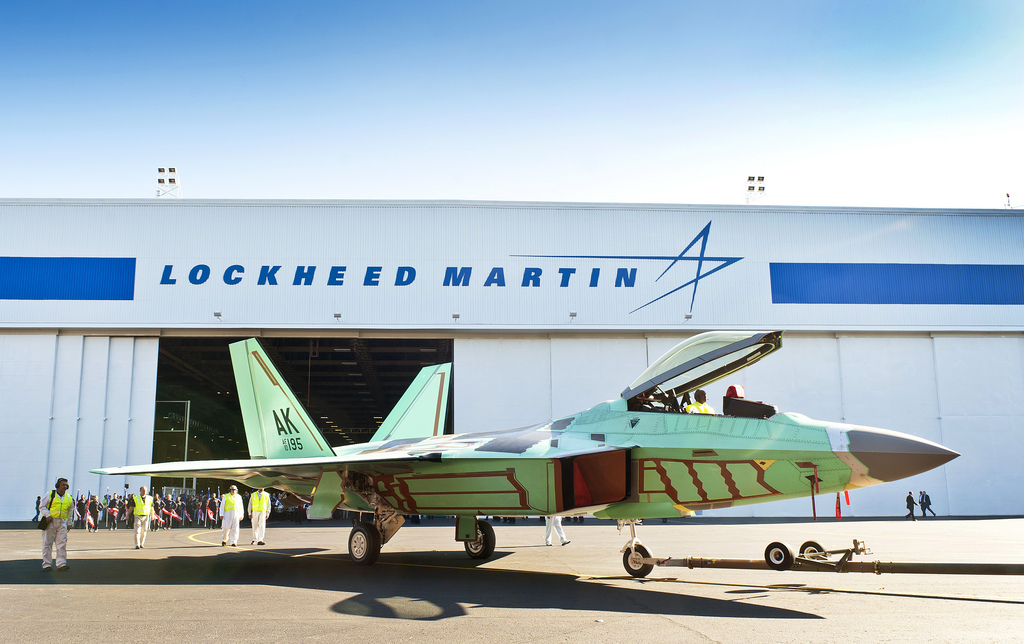

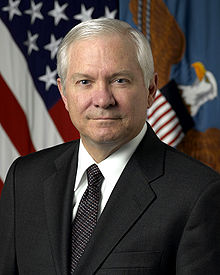 Theatre.
Theatre.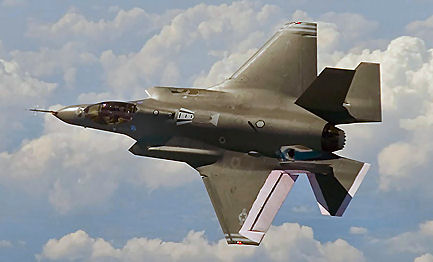
.jpg)
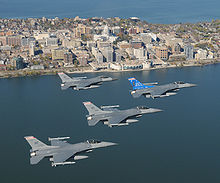
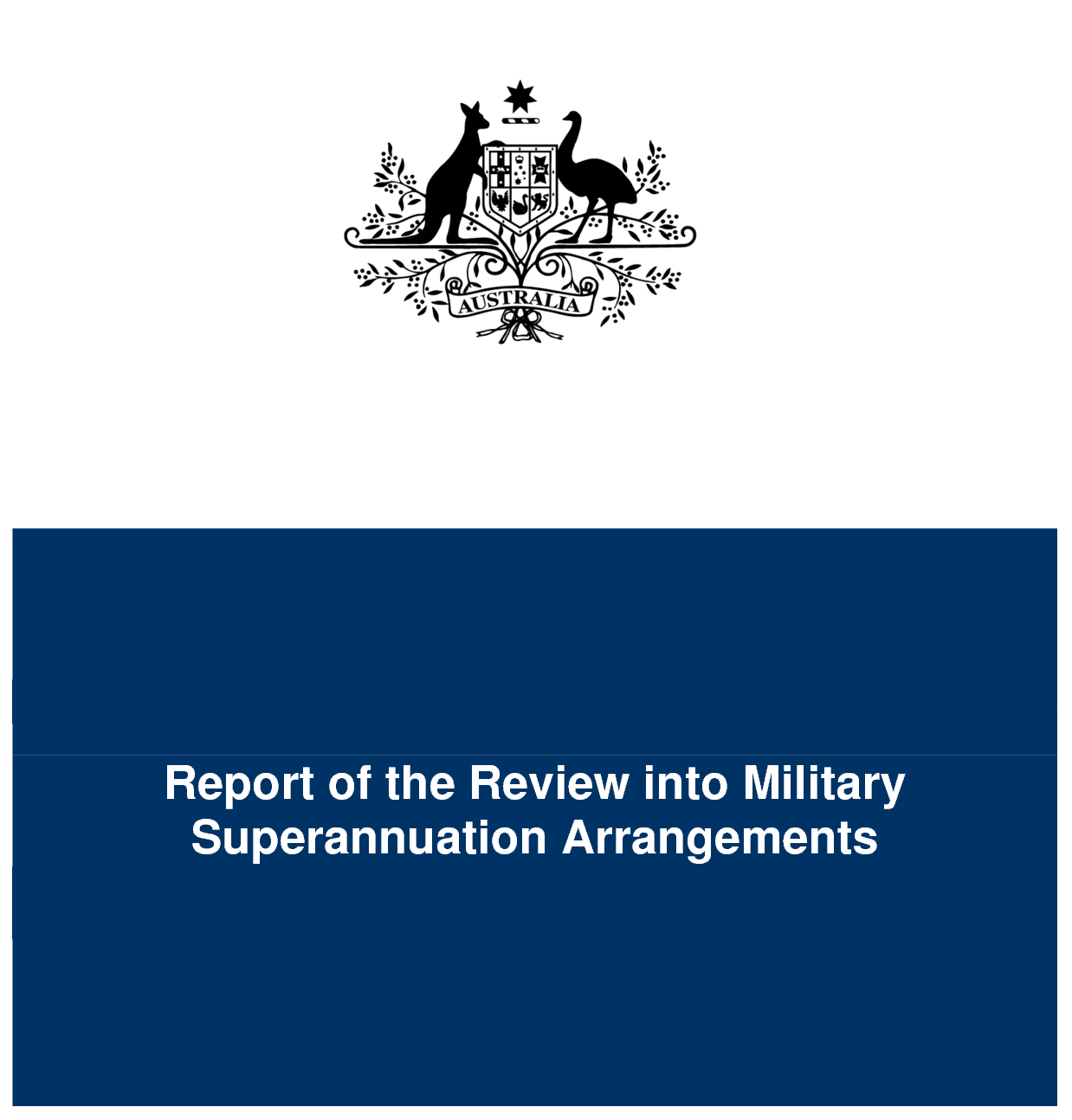
 poverty line.
poverty line. 